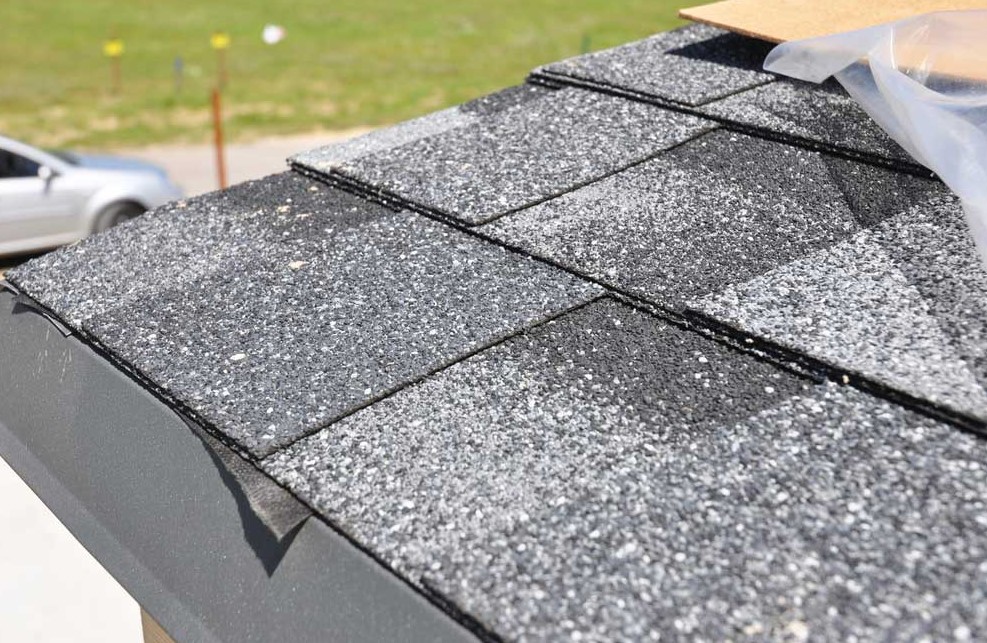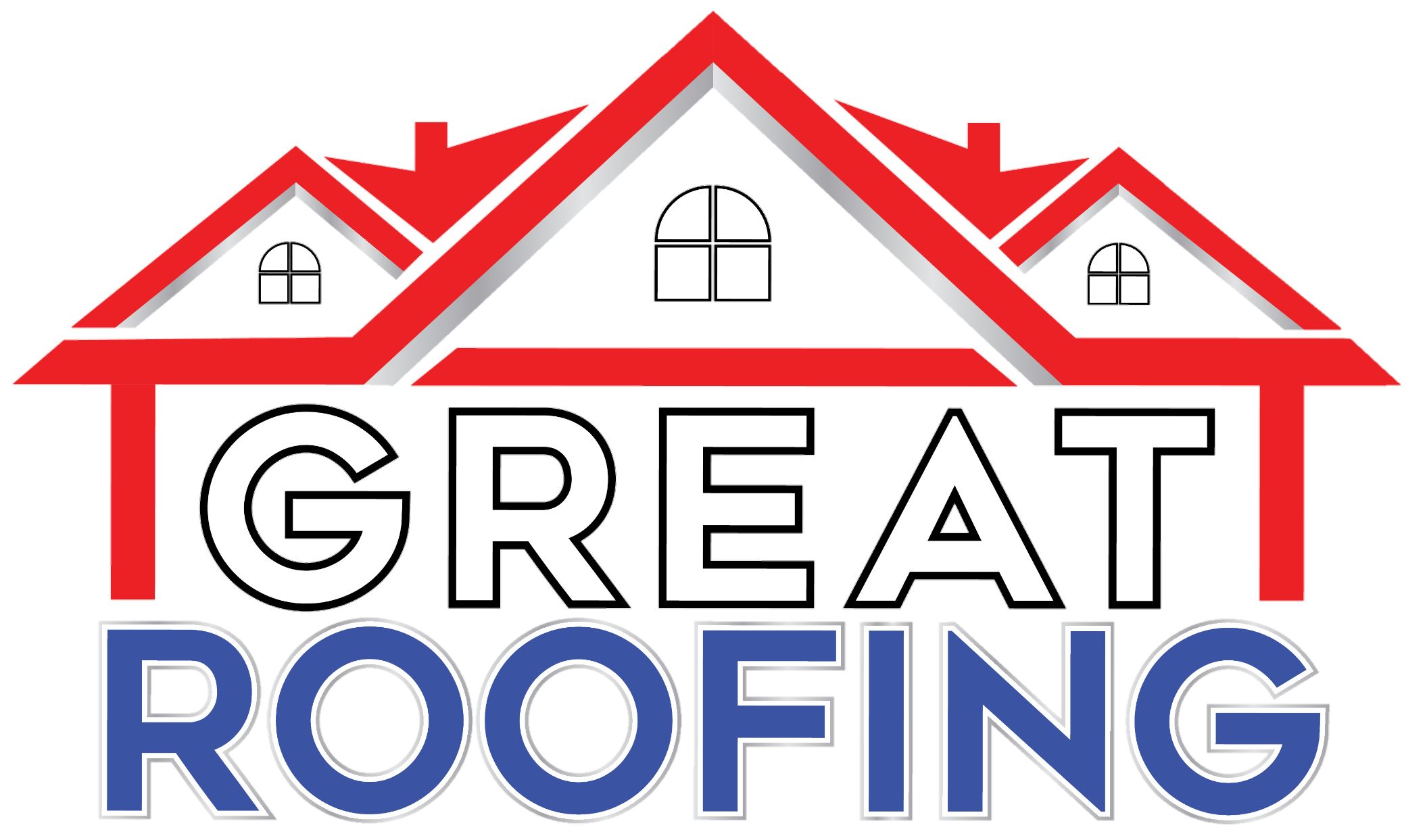Prolonged heat exposure can have a serious effect on your roof’s durability, energy efficiency, and overall performance. The impact of heat on roofs is a growing concern for homeowners, especially as climate patterns shift and summers become longer and hotter. High temperatures, intense UV radiation, and daily thermal expansion can gradually break down roofing materials, leading to costly repairs or premature replacements.
Understanding how heat affects your roofing system and learning what you can do to mitigate that damage can help you make smarter, longer-lasting decisions for your home. In this blog, we’ll dive deep into how extreme heat impacts different roofing materials, what signs of heat damage to look for, and which solutions are available to protect your roof for the long haul.
How Heat Damages Your Roof Over Time
Roofing systems are designed to handle the elements, but persistent exposure to heat and sunlight wears them down over time. Here’s a breakdown of the most common ways heat can damage your roof:
1. Thermal Expansion and Contraction
Roofing materials expand during the heat of the day and contract as temperatures cool at night. This daily cycle of expansion and contraction causes materials like asphalt shingles or wooden shakes to crack, curl, or loosen over time. Flashing and seals may also separate, allowing water to penetrate beneath the surface during rainstorms.
2. UV Radiation Breakdown
Ultraviolet (UV) rays degrade roofing materials at a molecular level. Prolonged exposure causes:
- Asphalt shingles to dry out, fade, and lose protective granules
- Wood shingles to become brittle and split
- Rubber membranes on flat roofs to shrink or blister
Even metal roofing systems, while more resistant, can experience oxidation or paint degradation under extreme UV exposure.
3. Trapped Heat in the Attic
Roofs that are not well-ventilated trap heat in the attic. This raises indoor temperatures, overworks air conditioning systems, and accelerates the aging of roofing materials from beneath. Inadequate insulation and airflow create a heat dome effect that weakens structural components of the roof decking and rafters.
Signs Your Roof Is Suffering Heat Damage
Being aware of early warning signs can help you catch heat damage before it leads to serious structural issues.
- Curling or buckling shingles: A sure sign that heat is breaking down the shingle’s structure.
- Cracked or brittle shingles: Excessive heat causes shingles to dry out and become fragile.
- Loss of granules: Granules protect shingles from UV damage. If you find them in gutters, it’s time for an inspection.
- Interior heat buildup: Difficulty cooling your home may indicate attic heat retention caused by roofing problems.
- Fading or discoloration: This often affects darker roofs exposed to consistent sunlight.
If you notice these signs, it’s time to take action before damage worsens. Regular inspections and proactive maintenance are key.

Roofing Materials and Their Heat Resistance
Not all roofing materials perform equally under extreme temperatures. Here’s a look at how some of the most common options hold up:
Asphalt Shingles
Asphalt shingles are affordable and widely used, but they are also highly susceptible to UV damage and heat-related deterioration. They tend to absorb more heat than lighter or reflective materials, which can shorten their lifespan in hot climates.
- Average lifespan in hot climates: 15–20 years
- Solution: Use reflective asphalt shingles with cool roof technology
Metal Roofing
Metal roofing reflects solar radiation better than many other materials, making it an excellent choice for hot environments. It also resists thermal expansion better than wood or asphalt when properly installed with expansion joints.
- Average lifespan: 40–70 years
- Best for: Homes looking for durability and energy savings
Clay and Concrete Tiles
Clay and concrete are naturally heat-resistant. Their dense structure and light color options make them popular in warmer regions. However, they are heavier and require reinforced support structures.
- Average lifespan: 50–100 years
- Drawback: Higher installation cost and weight
Synthetic Roofing Materials
Synthetic slate or polymer shingles are designed for enhanced UV resistance and flexibility. Some products are rated for extreme heat and carry Class A fire ratings.
- Benefits: Lightweight, long-lasting, and energy-efficient
- Best for: Modern homes or energy-conscious upgrades
For more insights on roofing materials and their energy performance, the U.S. Department of Energy offers detailed resources on cool roofing solutions.
Heat and Your Roof’s Energy Efficiency
Your roof plays a major role in regulating your home’s temperature. If it absorbs and retains heat, it forces your HVAC system to work harder, driving up energy costs. That’s why many homeowners are now investing in energy-efficient roofing systems that reflect sunlight and release absorbed heat more effectively.
How to Improve Energy Efficiency with Your Roof
- Install reflective shingles or coatings
- Use radiant barriers in the attic
- Add proper insulation
- Ensure continuous ridge and soffit ventilation
These upgrades not only extend the life of your roof but also result in lower monthly utility bills, especially during peak summer months.
Heat-Related Roofing Challenges in Different Climates
Hot weather doesn’t affect every home in the same way. Factors like humidity, sun exposure, and roof orientation can amplify the impact of heat on roofs.
Southern and Southwestern States
- Challenge: Persistent sunlight and high temperatures
- Solution: Cool roofs, white membranes, and high UV resistance coatings
Midwest and Plains States
- Challenge: Seasonal extremes—hot summers and freezing winters
- Solution: Materials that handle both thermal expansion and ice loads, such as metal or architectural shingles
Urban Areas
- Challenge: Urban heat islands caused by concrete and black rooftops
- Solution: Green roofs and solar-reflective materials that mitigate heat absorption
For further reading on how climate affects building materials, the National Renewable Energy Laboratory provides in-depth research and data on energy-efficient construction practices.
Steps to Prevent Heat Damage on Your Roof
Preventing the impact of heat on roofs requires a mix of smart design, quality materials, and consistent maintenance. Here’s what you can do to extend your roof’s life and performance:
1. Choose Heat-Reflective Materials
Opt for shingles or metal panels that are Energy Star rated or treated with reflective granules or coatings. This helps reflect infrared and UV rays, reducing heat absorption.
2. Improve Attic Ventilation
Install ridge vents, soffit vents, or gable vents to promote air circulation and expel trapped heat.
3. Add Insulation
Boost attic insulation to slow heat transfer from the roof into your living space. This keeps your interior cooler and reduces HVAC strain.
4. Schedule Regular Roof Inspections
Annual roof inspections allow professionals to catch signs of wear before they escalate. Summer is the best time to assess how heat has affected your roofing system.
5. Consider a Cool Roof Upgrade
Cool roofing options—whether through shingles, tiles, or coatings—offer long-term energy savings and help your home stay more comfortable year-round.
Is Your Roof Protected Against Heat? Let’s Find Out
The impact of heat on roofs is a growing concern as summers become more intense across the U.S. Left unchecked, heat damage can shorten the lifespan of your roof, spike your energy bills, and lead to structural issues. The good news? You have plenty of options to make your roof more resilient.
At Great Roofing LLC, we help homeowners assess their roofs for heat-related wear and plan upgrades that improve performance and efficiency. Whether you’re considering a cool roof system, need an inspection, or are planning a full replacement, we’re here to help.
Get a complimentary estimate now and take the first step toward protecting your home from heat damage with a roof built to handle it.



